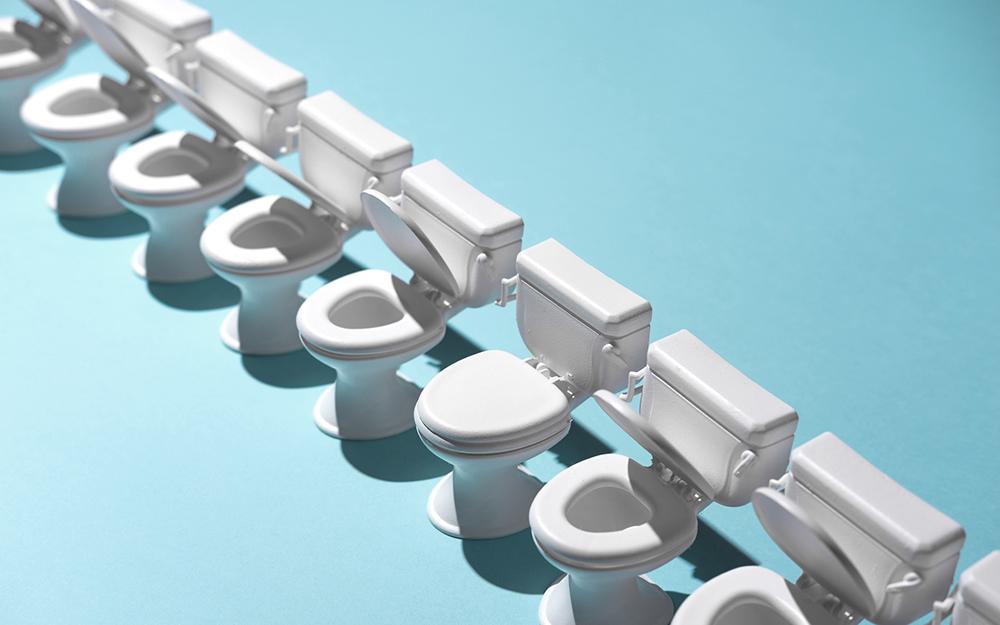Foreword
Sign up to stay in the loop on new styles and sales!
Shahar Lion On Using Your Pelvis As A Compass

by Team Thinx
I chatted with Shahar Lion, our resident yogi and mental health expert, about the mind-body connection, mental anxiety and physical stress, and how to use the pelvis as a compass for calming your bod (!). Shahar is a licensed Social Worker with a Masters in Clinical Social Work, postgraduate training in Psychoanalysis and Psychodynamic Psychotherapy, and a certified Movement Analyst AKA the reigning queen of all things body and mind. For two glorious hours we dug into the nuances of how your mental state can change the way you experience your body – for better *and* for worse. But she’s here to make sure your experience is strictly for the better.
Your practice and your background is really centered around the relationship between the body and the mind. Is there a moment in your life that made you realize the mind-body connection is real?
Almost 20 years ago, before I was a yoga teacher or had any of my degrees, I participated in a 10-day silent meditation retreat called Vipassana. At this retreat, you don’t talk and there’s a strict schedule of meditation–no books, no exercise, no writing or talking. It’s about completely isolating yourself. I got sick for most of the retreat. I had a fever, a terrible cold, and body aches. On day nine I finally got over the sickness and felt a great sense of relief. For me, this was a pure example of the mind and body connection. I gave myself space and time to be with all of my stress, without distractions. My body showed me what was going on in my mind and, without running away from it, I was able to go over it. It was a cathartic moment physically and emotionally, and it profoundly influenced my personal and professional life.
For women who haven’t had an experience like that, what can they try to see for themselves whether the mind and body have an important relationship to each other?
Everybody’s different, so there isn’t one template, but breath is usually the easiest. We’re all breathing! Even as women are reading now, they can close their eyes and see what’s happening in their body. What’s the quality of your breath? Is it shallow or deep? Notice your facial muscles. Is there any tension in the eyebrows, jaw, tongue? Try to observe all of this without making changes or judgments. This is how you find the base line to start working with the body. So what will happen if I release my jaw for a moment? My eyebrows? Then, just notice what changes when you let go of that tension. I also actually see the pelvis as a compass, mentally and physically. It’s such a great tool to notice what’s going on in your body.
I love the idea of the pelvis as a compass. But how does that connect to managing my mind or my mood?
So the pelvis sits in the middle of our body, separating the upper and lower. When we turn, shift, or tilt, this is all happening from the pelvis – and it affects the way we’re standing, walking, and breathing. There is such a parallel between your pelvic movement and your mindset. Everything that we say – all these words we’re using when we talk about the physical aspects of the pelvis – is so aligned with the psychic, the emotional, and the mental. We’re talking about stability, we’re talking about control, about awareness. All of these things are really the base of the mental state. It can help to think about the mind-body connection as a technical thing rooted in the pelvis.
You’ve also mentioned that the sympathetic and parasympathetic nervous systems – aka the “fight or flight” and “rest and digest” systems – play a part in the mental state. How can women activate their parasympathetic nervous system when they’re feeling anxious or stressed out?
There are many ways! Through movement, through breathing exercises, or just staying in a specific position – like a yoga pose, or even something that isn’t so fancy. At home, take a few pillows and lie down [on your back] so the pillows are supporting your chest, and keep your arms open. Just stay there for awhile, or try lifting your legs up on the wall. Pay attention to the sensations in your legs and your feet, and what you feel in your head. That’s it. This exercise always blows me away, even when I do it with myself. It can also be looked at as an experiment to try with yourself– especially for women who are not familiar with the mind-body connection. It can be really eye opening, and open up your curiosity.
You work with many women experiencing pelvic floor dysfunction. What expert advice can you offer to women who leak?
I encourage women to understand the connection between their body and their mind. To check in with their emotional state around leaking—because sometimes we don’t know what’s causing leaks. But, no matter the cause, leaking creates a feeling of “uncontrol” around your body. The feeling that you’re not controlling yourself can be scary. It can bring up so many different feelings for different people. Fear, shame, sadness, disappointment. I would actually suggest to women: don’t run away from those feelings. Try to identify what you feel, and notice where you feel it in your body.
So when a surprise leak happens, how can women start to check in with their body?
Often when we leak the spotlight is on the urethra. But let’s put the spotlight on other parts of the body in that moment. What’s going on in your chest? Are you tense in your jaw? Are you tense in your eyes, and how is your breath? It’s really important that you understand: what is it, exactly, that I feel when it happens to me? Just by identifying these feelings, you are already taking control of the situation.
Learning to check-in with yourself is really a parallel process of identifying the physical and the emotional aspects of leaking, without trying to change or judge yourself. You can actually start to see leaking as something that is really, really normal for you. Normalizing this condition takes away the burden and stress of trying to stop it from happening. It minimizes the shame, the anxiety, all the pressures of society that we might feel when it happens to us.
*~Ready to take some baby steps toward bettering your mind-body connection? Practicing pelvic floor breathing exercises and taking a few minutes to calm your anxiety about leaks are just two ways to get started.~*
Posted: July 31, 2019
Related Articles
Sign up to stay in the loop on new styles and sales!


